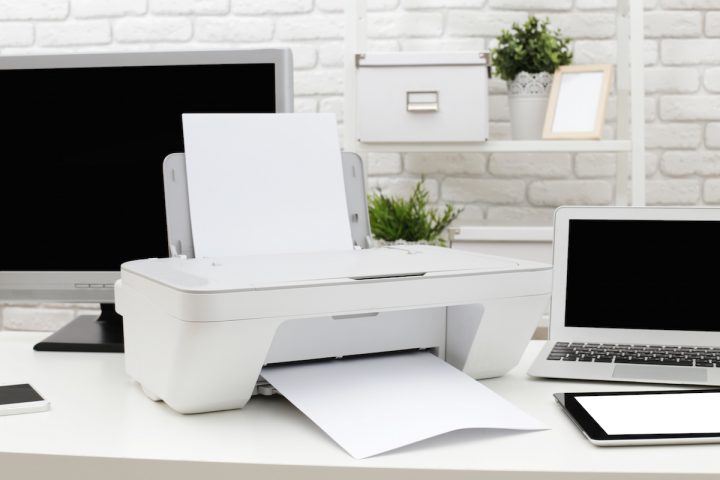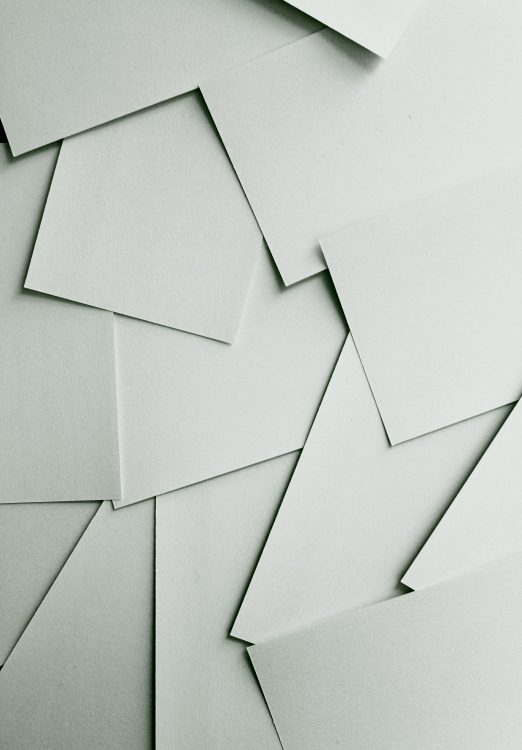How to print – a (mostly) foolproof guide

Reduce complexity – use pen and paper!
January 19, 2017
Solve 99% of your problems on paper
January 31, 2017
With technology improving all the time, the printer problems of the past are rapidly becoming a distant memory.
Even from home printers, the quality of the finished document is now often higher than specialist print shops were producing even a few years ago.
However, from the volume of paper in the office recycling bin, you could be forgiven for thinking that we haven’t moved on at all from those early printers which left smudges and creases all over our documents. Here’s a (mostly) foolproof guide on getting the results you want and need when printing.
It’s all in the paper
There are three types of document you have to consider – external documents, internal documents, and those rare things that you need to print out in hard copy for your own reference. Astonishingly, many businesses, large and small, use the same grade and type of paper for all of these and still expect perfect results every time.
Your external document could be anything from business cards and sales materials, to brochures and photographs, all of which require depth of colour and an equally high quality of print and paper. Choosing a specialist paper for colour printing will ensure that you’re getting the best from your printer. Items such as client letters, invoices and other customer documents have fewer colour requirements, so you might choose to drop to a good quality universal paper. Choosing a thicker, more opaque paper ensures colour contrast and sharp images, and most importantly for brochures and images, no show through.
Internal communications are less problematic; if you’re simply distributing a memo to your team, or photocopying for filing purposes, a universal grade, or even an eco grade will be more than adequate, especially if your major requirements are simply that the paper doesn’t jam, and the ink doesn’t smudge. Sending a report to the boss? No problem; just use a better grade of paper – your document will automatically look like you mean business.
There are occasions when no matter how paper-free you might be trying to make your office, you absolutely have to print out that email or page of notes, simply because you have to write all over them to organise your thoughts. The art of pen and paper in terms of aiding your concentration and focus can’t be over-estimated, and a combination of printed material and your annotations can clarify and aid process, especially at the draft or proofreading stage. Since these documents are for your eyes only, it’s the ideal time to use the other side of those scrapped printed pages, set your printer to ‘draft’, and save both paper and ink. If you really must use fresh paper, make it an eco grade.
There’s no secret to good printing once you’ve done your paper research.
You wouldn’t use a fork to spread butter on toast – even though it would do the job, sort of – and the same applies to different grades of paper.



